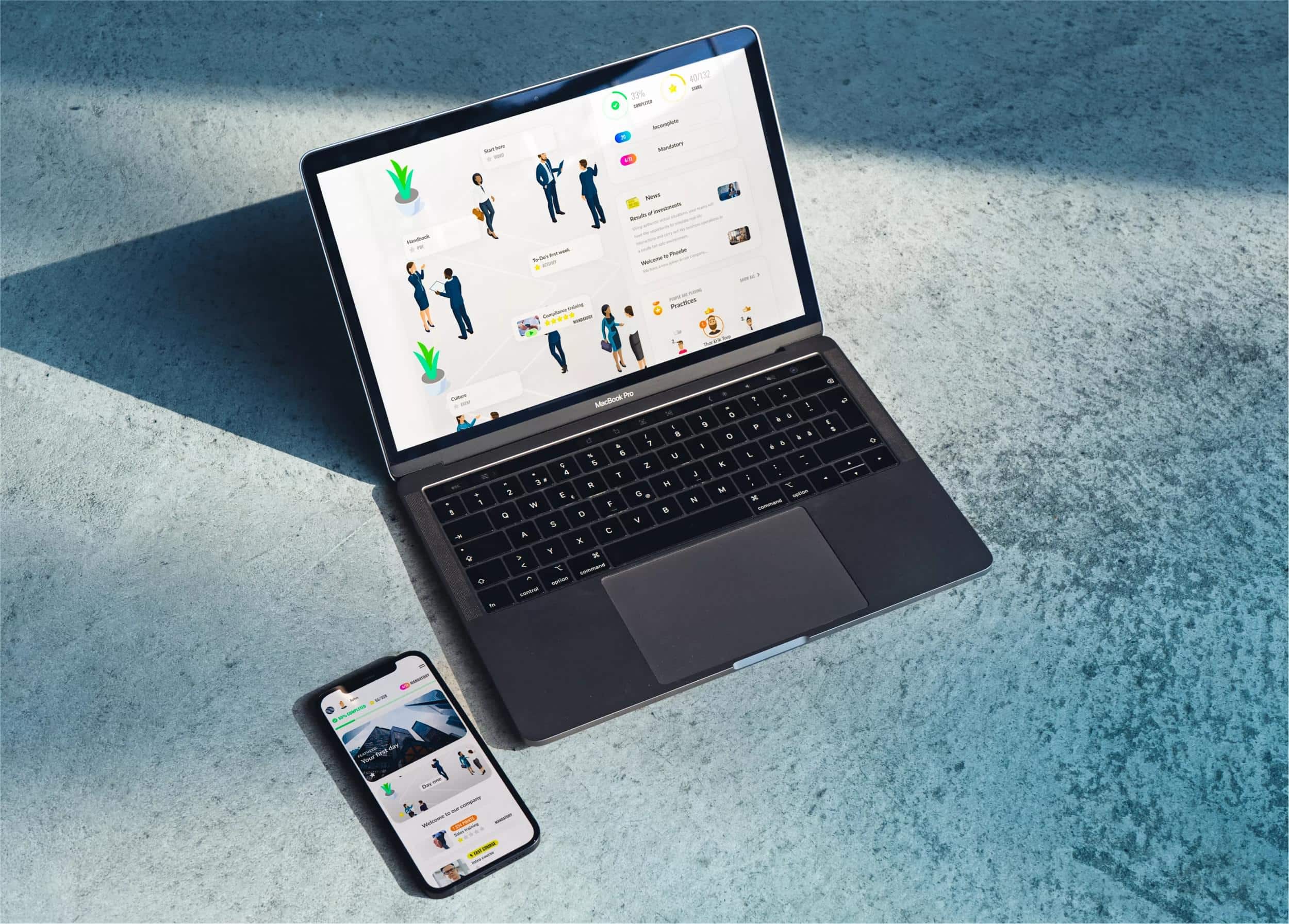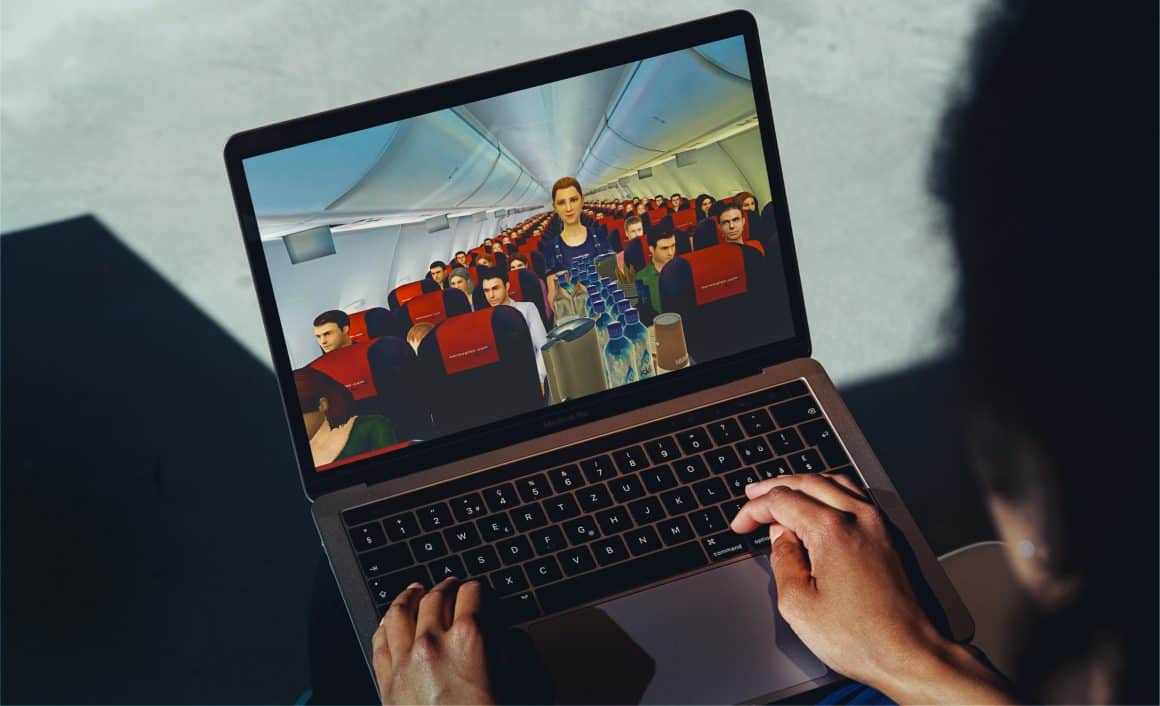No substitute for experience
Can you imagine being put into a game before you were able to practice drills? Would you be set up for success if the coach put you in a brand-new position for the playoffs?
We know experience is valuable in any business – always has been and always will be. That said, with today’s technology, and with our client experience, we know employers can move away from the outdated notion that there is no substitute for experience.
But perhaps it all depends on how you define experience?
Advances in high-quality training, and in particular in simulation training, means real-world experiences in acutely realistic scenarios can be replicated to train talent for highly skilled and complex roles. No longer a vision of the future, game-based simulated training provides practical, risk-free, high-impact learning opportunities across all sectors, whether it is finance, insurance, manufacturing, hospitality and leisure, or many more. Think about it as being able to treat practice like “game time” – simulate situations that bolster authentic experience for employees and trigger learning through behavioral change. This technology is available right now, and it is only getting better.

In 2024, on-the-job experience can be simulated successfully, deployed seamlessly, and deliver results rapidly, ranging anywhere from onboarding new hires more effectively to upskilling the most experienced employees. For example, at Attensi we utilize advances in AI to recreate real-life experiences to avoid static, scripted scenarios and have a myriad of customizable solutions that measure impact for client’s development strategy.
Risk free learning
Simulation training provides the arena for impactful immersion in some of the most difficult to manage situations that one wouldn’t necessarily encounter in real life. Allowing you to practice like you play.
Take the economic crash of 2008, as an example. Building upon the lessons learned during the Great Recession, one can create a training program to place employees in these similar, high-risk conditions and learn from past mistakes. Even when the market is in a state of prolonged state of uncertainty, one can draw upon prior experiences to build programs that mirror the multiple outcomes of your predication models.
How is that for a future planning scenario?
Users can practice soft skills, negotiation skills, and conflict resolution in a safe environment where their lack of real-life experience does not have real-world consequences. Employees are more apt to take the risks in training, in effect learning by doing, before having to actually perform.
Cost efficiency and ROI
With the right skills and competencies in place, you can repurpose staff or adopt a leaner operation. This is crucial when needing a program that supports scalability and high-growth models. The cost for boots-on-the-ground training, like travel costs and time in person, versus the mobility and instant access of the simulation solutions contributes directly to ROI and annual training budgets.
Customize based on your organization’s needs
Across industry, game-based simulation training provides an agile model for both program building and modifying. With the ability to utilize the latest in AI-tech, you can create a powerful program quickly and easily. Not limited to initial content creation, the program provides feedback to both users and creators, offering examples of modules your team would benefit from, allowing you to pivot as your business needs change. For further insights, check out this recent discussion that Attensi’s CEO, Trond Aas, had with Harvard Business Review1 speaking about the benefits of customizable simulations.
With the current market in a state of upskilling, it is worth looking at “future proofing” your training investment. AI-powered tech allows for a certain level of nimbleness, particularly in financial services and banking, who encounter specific skills gaps and reskilling challenges. One that comes to mind right now is this “flex shift” movement, where employees are on rotating shifts, one day they could be fulfilling teller duties, another week they could be working on credit lines. We are also seeing call centers benefit from this as they lean toward a model of the “universal” call rep, trained across a series of situations, products, and services. More than reskilling, employers can multi-skill their staff as positions evolve and the market creates hiring pauses.
Read more in our article The Need to Reskill Employees in Financial Institutions in 2024.
Impact measurement
Perhaps the greatest benefit of adopting game-based simulation training is the opportunity for measurement. With traditional learning methods, the consequence of poor training is often not seen until a quarter closes, or worse, until year end reviews. Identifying deficiencies is unfortunately an added barrier altogether. With built-in analytics, you can see how training creates impact in real-time, how knowledge gaps close, and what areas need more attention. This is an obvious benefit for junior staff but an added benefit to management, who often don’t have the regular cadence of leadership coaching and feedback. Having access to these performance metrics is an added value in maintaining governance over your L&D strategy.
For one of our clients, American National, delivering a consistent customer service was the main goal of their call center training program. Since embedding game-based training into their Property & Casualty and Life & Annuity centers, they the knowledge gap closed by 90% for both tenured and new employees.
Is the material engaging?
Another way to look at impact is on the learner. Knowing that true learning happens through repetition, creating simulation training creates a path that users want to follow. Embedded with gamified elements, such as points and leaderboards, and built on foundational behavioral change principles, game-based simulation training creates a fun and safe environment.

Available on mobile and desktop, the portability allows for constant practice, which is vital to sustained learning.
Play offense and defense
Game-based simulation training is the perfect offense and defense of an uncertain market. By building solutions that employees can train in “high-risk” scenarios without the liability, you can properly prepare your team to hit the field. Where traditional learning methods fall short, having access to an engaging, dynamic training model with the ability to measure will make up the difference in unprecedented times.





